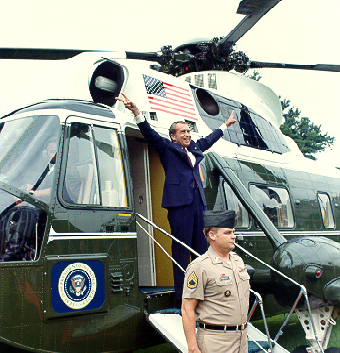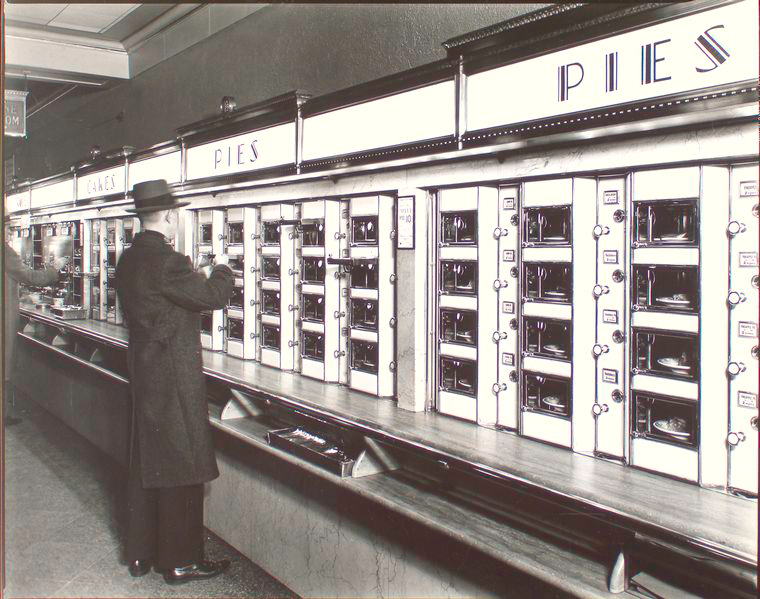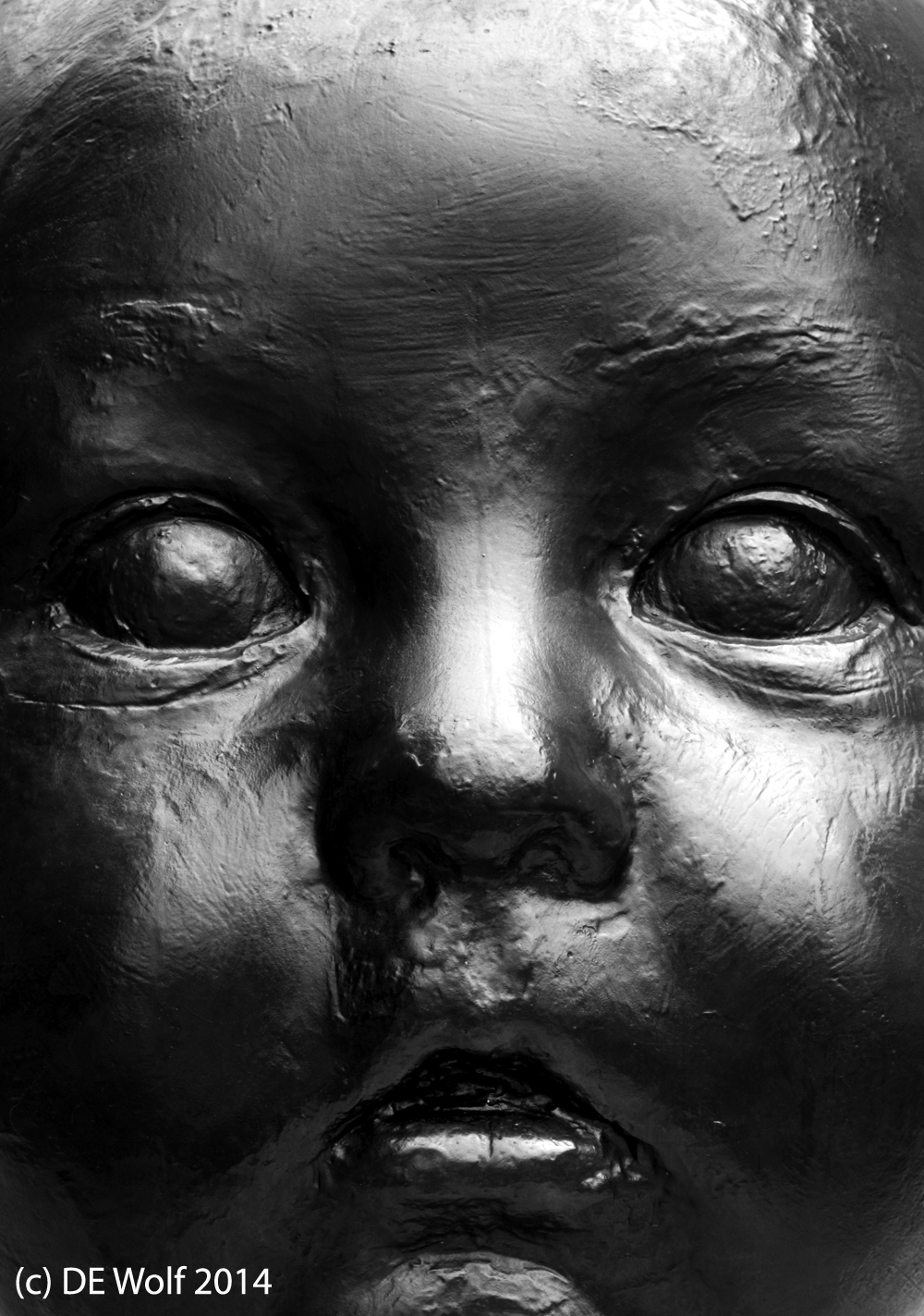
Figure 1 -= Jack Bailey host of “Queen for a Day” 1945-1964 in a promotional shot. From the Wikimediacommons and in the public domain because it was not copywritten.
We have spoken before about the relentless demise of broadcast television. There are so many factors at play. But I believe the most significant demographic is the rapidly declining rate of television ownership by the up and coming generation, my son’s generation. They download what they want to watch and seek both their image and information content on the internet. And this is a well-educated generation. Broadcast television is just not sustainable – witness how much time is devoted even on major channels to infomercials and low budget reality shows extinction is near. TV is going the way of the dinosaurs. Television like those who cling to it are techno-dinos.
Still the rate of the transition is astounding – this because of “the singularity phenomenon.” And it is amazing to watch, because the change is essentially palpable and real time.
This weekend my wife pointed out to me a curious aspect of this metamorphosis. Network news has long given up on news. Breaking news, news flash, news flash. I remember when your heart would stop. At the very least someone had been assassinated. Let me fill you in, the events of reality shows are not news. A network cannot both create and report the news, it’s kinda like media … Well, anyway it’s not good, it’s not real, and really, really it’s not news.
But what my wife pointed out to me was how much of the television news consists of YouTube clips. I mean how many clips of ducklings being rescued from storm drains can we watch? I am suspicious that its all the same mama duck – a not too bright mama duck! This morning we had the bear cooling off in the kiddie pool. Yesterday was the bear with hurt from paws walking upright on two legs. At least he’s evolving in the right direction. And then there was the kid with the butterfly landing on his nose. In what way is this “Attack of the Lepidoptera” news?
It’s pathetic. Television is trying to imitate the net. As television moves inexorably towards its demise, it appears to imitate its successor. And the progression or succession is definitely interesting. First, there were books. Books were intimate. There was a one-on-one conversation between the reader and the author. Then came movies. The intimacy was lost but there was still the illusion of a close relationship because the images were so vivid and there was still a story being told by abstracted voices. Then there was television. Like publishing, television was in a sense elitist and inaccessible. The key to the whole medium was scarcity. Three networks controlling everything.It was a one way conversation. Few people actually achieved an appearance on the TV – few became the “Queen for a Day,” but everyone could aspire too it.
The internet, especially with its social media, changes the playing field. It is totally accessible. Upload information, upload misinformation, upload images, upload doctored images. Anyone can be the monarch of his/her own domain. This is why talk show hosts and news anchors spend so much time trying to create a sense of being with you in your living room. It is a chimera. We are longing for connectedness and, no surprise, we are embracing it in the new medium. And, of course, we are wondering what is next. That because we have become so used to the rapidity of technological innovation.







